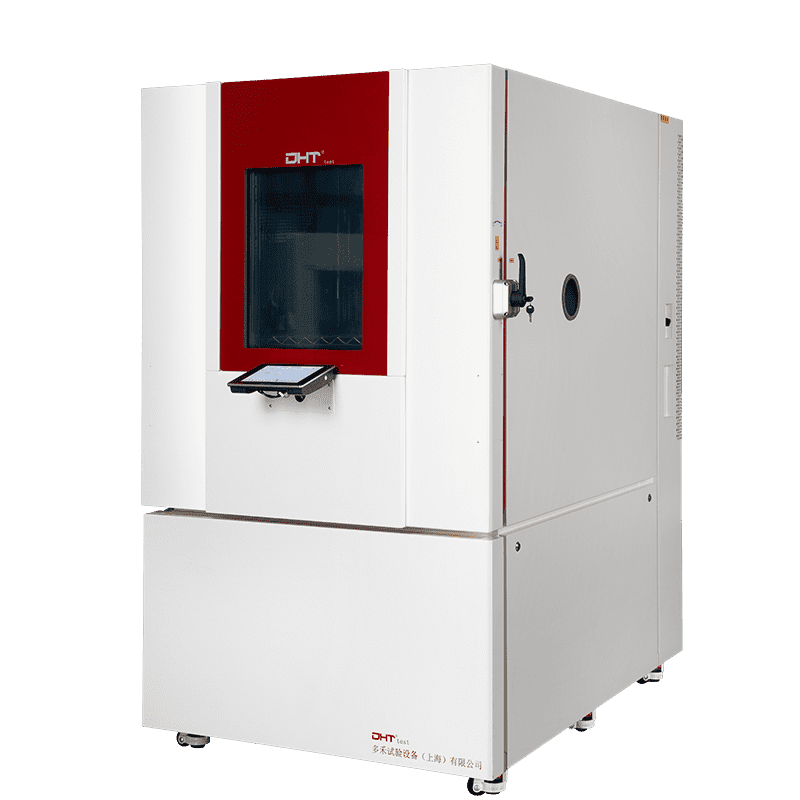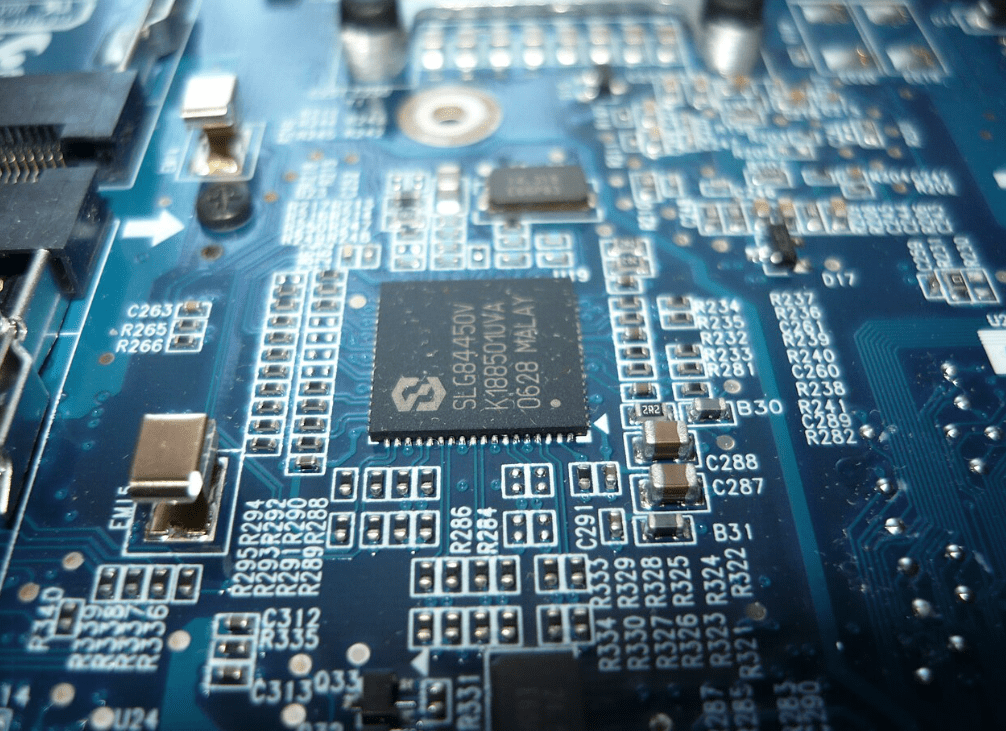Glühende Hitze unter der Motorhaube eines Wüstenfahrzeugs (85°C+)
-
Diese extremen Temperaturen wirken als unsichtbare Mörder - sie verursachen das Knacken von Lötstellen, das Bersten von Kondensatoren, das Einfrieren oder Versagen von Chips. Der Wert der Hoch- und Tieftemperatur-Prüfkammer liegt in ihrer Fähigkeit, diese rauen Bedingungen in einer kontrollierten Laborumgebung zu simulieren, um Probleme zu identifizieren und zu beseitigen, bevor Produkte jemals das Werk verlassen.
-
Für jedes Unternehmen, das Qualität ernst nimmt, ist dies ein essentielles Stück elektronischer Prüfausrüstung.
-
Drei Kernwerte des Temperaturtests in der Elektronik
-
Thermische Belastungstests - ob bei hoher Hitze, extremer Kälte oder schnellen Temperaturschwankungen - können versteckte Mängel in elektronischen Baugruppen aufdecken. Zu den häufigsten Ausfällen gehören Lötermüdung, Chip-Delaminierung, Kondensator-Leckage oder -Explosion, Verzug von Leiterplatten und mehr. Diese Risiken frühzeitig zu identifizieren ermöglicht Design- oder Materialoptimierungen vor der Massenproduktion.
Sicherstellen der Einhaltung globaler Prüfstandards
Potenzielle Fehler frühzeitig aufdecken, Post-Markt-Risiko reduzieren
Welche elektronischen Produkte sind am stärksten auf Temperaturtests angewiesen?
Automobil-Elektronik
Luft- und Raumfahrtelektronik
-
Automobil-ElektronikVerbraucherelektronik
-
: Smartphones, Wearables und Tablets müssen auf Leistung unter Sonneneinstrahlung, kaltem Speicher und plötzlichen Temperaturschwankungen getestet werden.Energiespeicherung & erneuerbare Systeme
-
: Batterien und Lademodule müssen thermische Schock- und Temperaturschwankungstests bestehen, um sicheren und stabilen Betrieb zu gewährleisten.Was macht diese Kammern zu professioneller elektronischer Prüfausrüstung?
-
Im Gegensatz zu herkömmlichen Heiz- oder Kühlsystemen sind Hoch- und Tieftemperatur-Prüfkammern anspruchsvolle Plattformen zur Umweltsimulation. Zu den wichtigsten Fähigkeiten gehören: Breites Temperaturspektrum: Standardmodelle decken üblicherweise -70°C bis +150°C ab und erfüllen nahezu alle Testanforderungen für elektronische Komponenten.
Hohe Temperaturkontrolle
-
Programmierbare thermische Profile: Unterstützt lineares Ansteigen, Schrittänderung, Zyklisierung und thermische Schocksimulationen - ideal für beschleunigte Belastungstests.
-
Starke Integrationsfähigkeit Präzision: Kompatibel mit eingeschalteten Tests, Signalüberwachung und elektronischen Lastverbindungen - ermöglicht 'elektrische + thermische' Ko-Validierung.
-
Sicherheitsmerkmale: Inklusive Übertemperaturschutz, Wassermangelwarnungen, Diagnose elektrischer Fehler und Notabschaltprotokolle.
-
Allgemeine Anwendungsfälle in elektronischen Tests● F&E-Überprüfung
-
Robuste Wird in der frühen Prototypvalidierung verwendet, um die strukturelle oder materialbedingte Schwächen zu testen.● Funktionale Leistungsbewertung
In Verbindung mit Oszilloskopen, Leistungsmessern und digitalen Multimetern können Ingenieure analysieren, wie sich Spannung, Strom oder Zeitabweichungen mit der Temperatur verschieben, und Designverbesserungen anleiten.
● Qualitätssicherung & Stichprobenprüfung
● Umweltbelastungsprüfung (ESS)
Tipps zur Auswahl: Wie man die richtige Kammer wählt
Angleichung des Temperaturbereichs an Ihr Produkt 'Schlachtfeld'
Anpassung der Anstiegsrate an Ihren Prüfplan
Übersehen Sie nicht die Details
Wählen Sie Modelle mit Ethernet-, RS485- oder USB-Schnittstellen für eine einfache Integration in intelligente Prüfplattformen.
Fazit: Umweltsimulation ist das Tor zu hochzuverlässiger Elektronik
-
Während Branchen zu höherer Leistung und längeren Produktlebenszyklen streben, wird die Rolle elektronischer Prüfausrüstung zentraler denn je. Im Zentrum davon steht die Hoch- und Tieftemperatur-Prüfkammer - nicht nur ein Werkzeug, sondern ein Katalysator für Qualitätstransformation.
-
Es ermöglicht Unternehmen, Designmängel frühzeitig zu entdecken, Produktzuverlässigkeit im Prozess zu validieren und Stabilität vor der Lieferung zu garantieren. Kurz gesagt, es überbrückt die Kluft zwischen F&E und echtem Markterfolg.
-
Wenn Sie eine leistungsstarke, hochzuverlässige und gut unterstützte Temperaturtestlösung suchen, laden wir Sie ein, die vollständige Auswahl an Umweltkammern von zu erkunden. Unser technisches Fachwissen und unsere maßgeschneiderten Dienstleistungen werden sicherstellen, dass Ihre elektronischen Produkte jeder thermischen Herausforderung gewachsen sind und Vertrauen auf dem Weltmarkt gewinnen.
Conclusion: Environmental Simulation Is the Gateway to High-Reliability Electronics
Häufig gestellte Fragen
Was ist eine Hoch- und Niedrigtemperatur-Prüfkammer und warum ist sie für die Elektronik wichtig?
Eine Hoch- und Tieftemperatur-Prüfkammer ist spezialisiertes elektronisches Testequipment, das entwickelt wurde, um extreme Umweltbedingungen zu simulieren, darunter sehr niedrige und hohe Temperaturen. Sie hilft Ingenieuren, potenzielle Fehler zu identifizieren, die Leistungsstabilität zu validieren und die Einhaltung internationaler Standards sicherzustellen, wodurch elektronische Produkte über F&E, Produktion und Qualitätssicherungsprozesse hinweg geschützt werden.
Welche elektronischen Produkte profitieren am meisten von Temperaturkammer-Tests?
Automobil-Elektronik (BMS-Einheiten, Motorsteuerungen, ADAS-Sensoren), Luft- und Raumfahrtelektronik, Unterhaltungselektronik (Smartphones, Wearables) und Energiespeichersysteme (Leistungsbatterien und Lademodule) sind stark auf Temperaturkammerprüfungen angewiesen. Diese Geräte erfordern eine strenge thermische Validierung, um Leistung und Zuverlässigkeit unter extremen Umweltbedingungen zu gewährleisten.
Wie verbessern Hoch- und Niedertemperatur-Prüfkammern die Zuverlässigkeit bei elektronischen Tests?
Diese Kammern bieten weite Temperaturbereiche (typischerweise -70°C bis +150°C), präzise Steuerung (±0,5°C), programmierbare Wärmeprofile und starke Integration für Tests im eingeschalteten Zustand. Sie offenbaren versteckte Designfehler, erleichtern die funktionale Leistungsevaluierung und ermöglichen Umweltsimulationstests, um sicherzustellen, dass Elektronik während ihres gesamten Lebenszyklus zuverlässig funktioniert.


